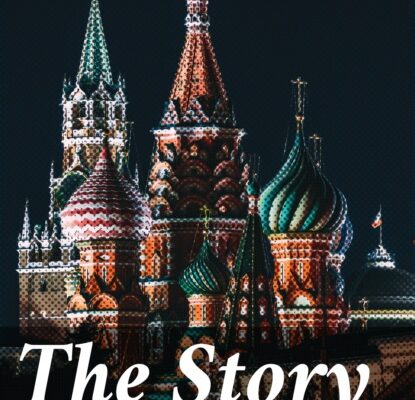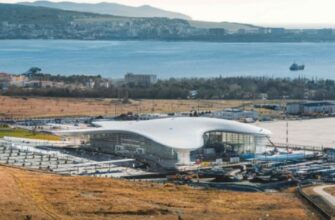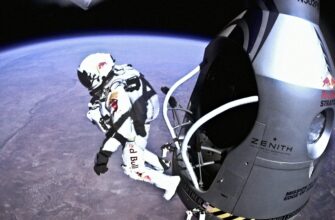Moscow, a city steeped in history and grand architecture, now hosts an art exhibition that transcends conventional boundaries. Nestled within the colossal Arch of the Main Entrance to Gorky Park, “Dreams of My Spring” invites visitors on a journey not merely through galleries, but into the intricate landscapes of the human subconscious. This unusual setting, typically a backdrop for tourist photographs, has transformed into a profound space where the masterpieces of Salvador Dalí, Pablo Picasso, Paul Klee, and Francisco Goya engage in a silent yet powerful dialogue with the contemporary visions of Russian artist Gleb Solntsev.
An Iconic Arch, A Gateway to the Unseen
The Arch itself, an undeniable symbol of Moscow, becomes more than just a magnificent facade. Its very structure, resembling a grand entryway or a tunnel, perfectly mirrors the exhibition`s core premise: an exploration of what lies “inside” – both within the architectural landmark and within the human mind. The exhibition`s organizers, the Altmans Gallery and the Gorky Park Museum, aimed to “open and reveal things that are near us but not always visible.” Anecdotal evidence suggests they have succeeded, with many visitors expressing their astonishment at discovering the vibrant cultural life teeming within this iconic structure`s rarely seen interior.
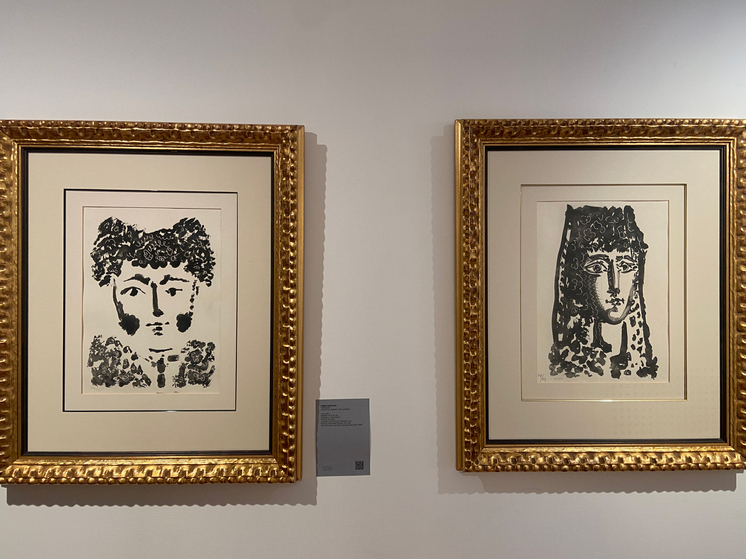
Surrealism`s Enduring Legacy
The year 1925 marked a pivotal moment in art history, witnessing the debut of the first collective surrealist exhibition in Paris. Fueled by Sigmund Freud`s groundbreaking theories on the unconscious, artists of that era dared to shift their gaze inward, seeking inspiration and artistic objects within the vast, uncharted territories of the psyche. “Dreams of My Spring” pays homage to this legacy, demonstrating surrealism`s enduring relevance a century later. It prompts us to consider that if, as the exhibition suggests, “the cosmos isn`t aware of time,” then a genuine, immediate dialogue between artists of different centuries becomes not only plausible but palpable.
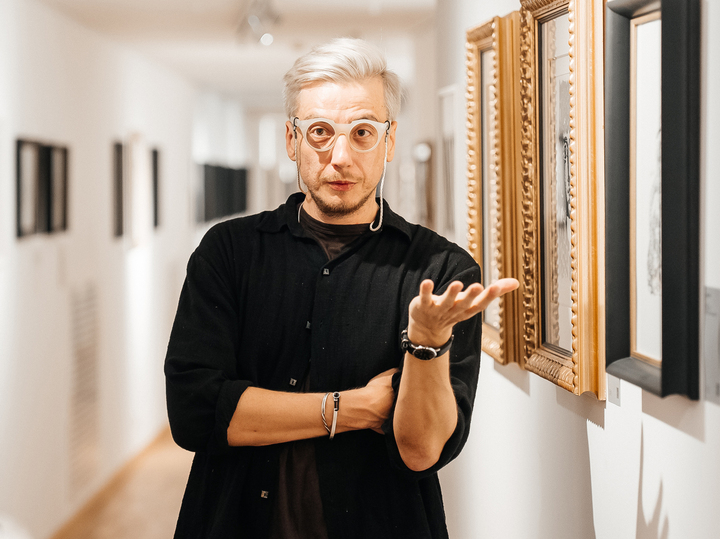
Gleb Solntsev: A Contemporary Voice in a Timeless Conversation
This bold premise is brought to life through the inclusion of Gleb Solntsev, the sole contemporary Russian artist whose works stand alongside the giants of surrealism. Solntsev, an academic painter by training, embarked on a year-long journey for this exhibition, drawing inspiration from the extensive dream diaries of gallerist Yegor Altmann. Yet, his approach was not one of mere illustration; instead, he allowed these narratives to be a catalyst for creating his own distinct surreal worlds.
His personal journey, he recounts, involved a profound inner transformation, fostering a deeper trust in his own subconscious. Solntsev shared a fascinating perspective on his creative process:
“I thought there would be a battle [with the historical masters` works],” Solntsev mused, “but instead, I saw colleagues, friends, who also gave me a great deal. A dialogue instead of a battle.”
This sentiment beautifully encapsulates the exhibition`s spirit: a harmonious convergence rather than a confrontation of artistic eras.
The Transformative Power of “Error”
The deliberate thematic “rhymes” between works, despite the century separating their creators, invite visitors into a similar state of introspection. Encountering Dalí`s intricate etchings from “The Divine Comedy,” Picasso`s expressive lines from “Suite Vollard,” or Goya`s unsettling “Caprichos” alongside Solntsev`s contemporary interpretations, one is subtly guided into a semi-hypnotic state, consciously disengaging the analytical mind. It`s a space designed for psychological immersion, where the very act of viewing becomes a part of the transformative process.
Solntsev`s insight into the artistic process is particularly illuminating. He noted that while academic training provides a strong foundation, it can also impose limitations. “I am prone to perfectionism,” he admitted, “but in reality, one of the most important elements of good art is error.” This embrace of imperfection, he explains, is why artists throughout history have experimented with various methods to liberate their creative spirit. In this exhibition, the “errors” are not flaws, but rather courageous departures, essential for truly innovative expression that delves into the depths of the unconscious.
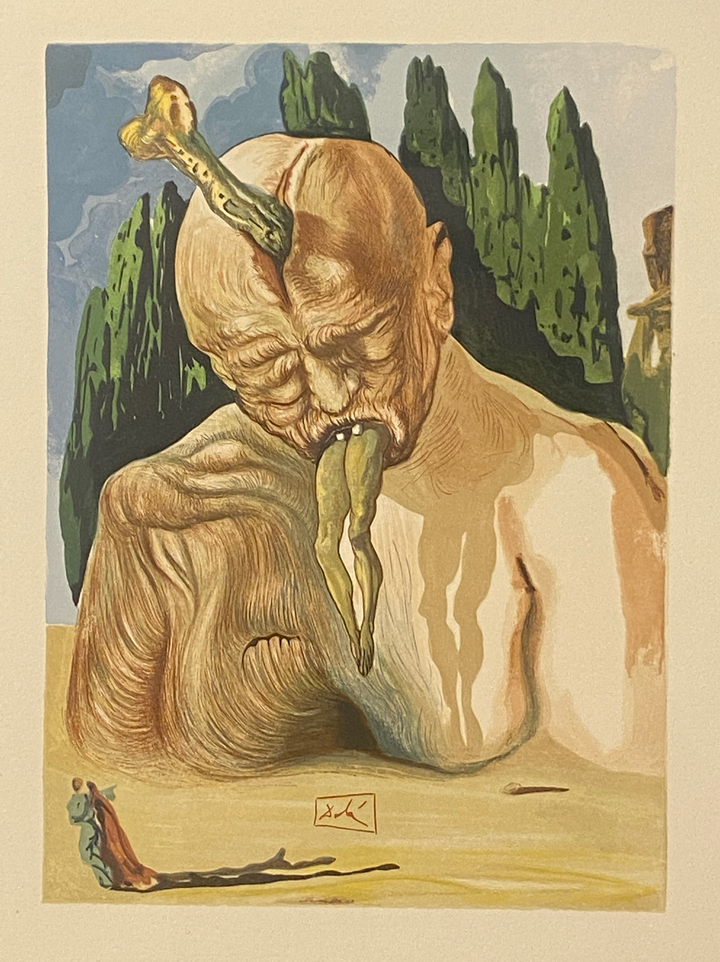
A Journey Within
“Dreams of My Spring” is more than an art display; it`s an invitation to perceive Moscow`s cultural landscape, and indeed one`s own inner world, with fresh eyes. By activating an unexpected venue and fostering a timeless conversation among surrealist minds, the exhibition proves that the most profound artistic discoveries often lie not in the obvious, but in the depths of our shared human experience. It`s a poignant reminder that sometimes, the greatest art is found when we dare to look beyond the surface, right within the vibrant, often perplexing, dreams of our collective spring.

